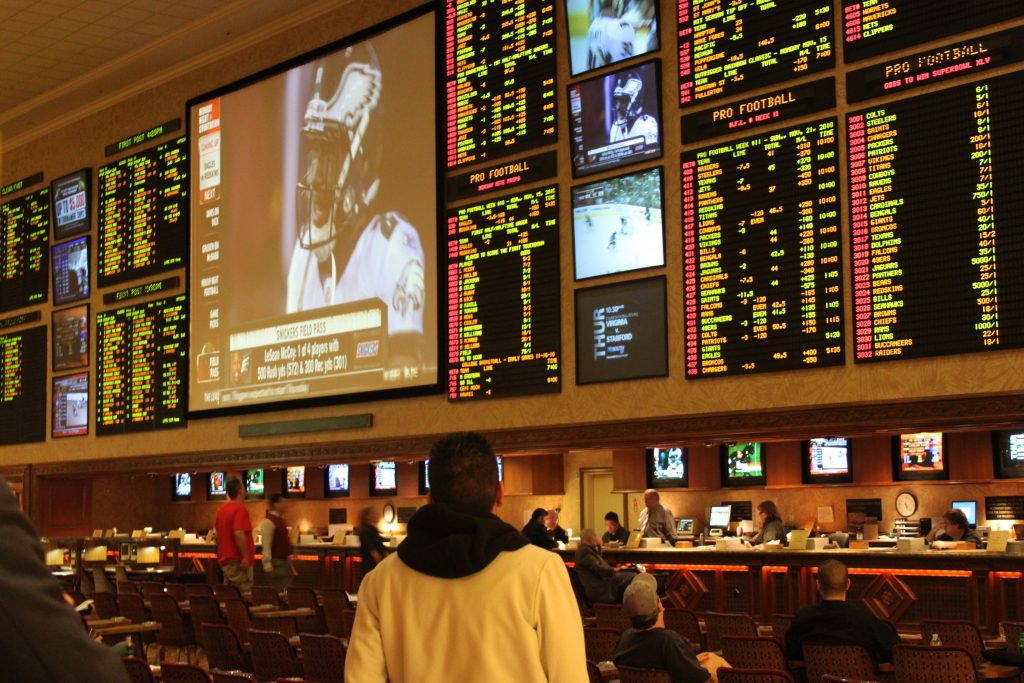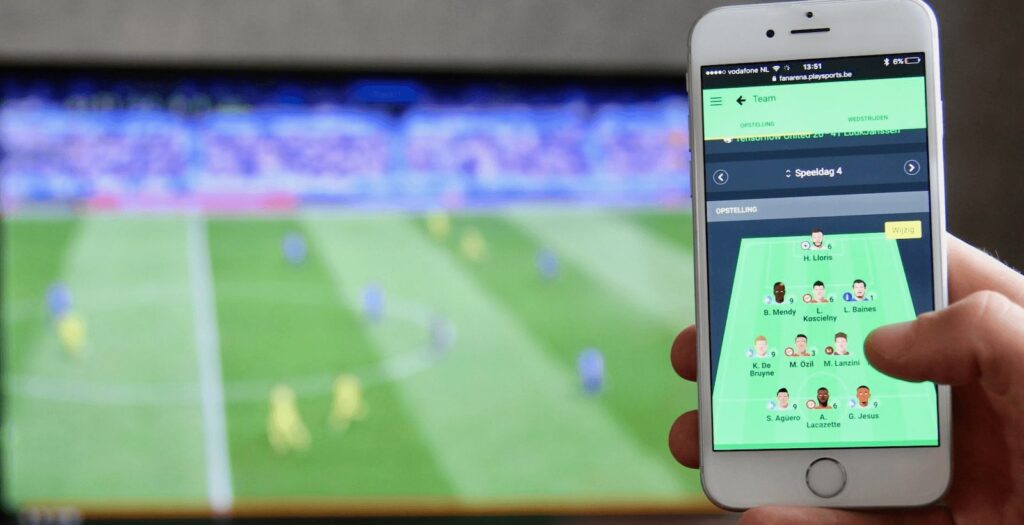
Types of Betting in Sport
In this overview I would like to give you a brief overview of four important betting trends that are of interest to beginners. The excursus will help you to understand which direction to take. We will be talking about:
- single bets (singles, singles);
- expresses;
- jacks;
- sports betting.
As you can see, the topics are varied. The first two concern the approach to betting. Faults are a separate universe, only partly related to classic betting. Prediction sources are always in demand, especially among beginners.
Ordinary
Ordinaries are the most basic way to bet on sports. They simply choose a specific market in the line and go with that or another financial strategy. Ordinaries can be used for any kind of allocation. From simple strategies like Flat or Martingale to complex ones.
The odds for a single bet, ideally, reflect the probability that one result or another will occur. In practice, this figure can be lower or higher than the expected probability. Experienced gamblers try to take the underrated events, the odds of which are higher than the expected probability.
Depending on the probability, the odds for a single may be in a wide range. Highly probable outcomes are evaluated by a small index, from 1.01 to 1.49. It is not recommended to work with singles in this range. In order to use them in “flat” mode, we should provide high passability to avoid the drawdown. When using progressive strategies, such small values require a serious increase in the amount of each next step. This will lead to a higher risk of losing money much faster than with higher stakes.
A range of 1.50 to 2.20 is considered optimum for various financial strategies, both even and progressive.
For example, we put 100 roubles on the 1.85 value.
- If it wins, we get: 100 dollars. * 1.85 = 185 dollars. Net profit: (100 dollars * 1.85) – 100 roubles. = 85 rubles.
- If loses, we lose 100dollars. Higher “odds” are also used in some gaming strategies, but their application is limited.
The advantage of ordinaries is independence of the outcome from other events. For this reason, singles are considered the least risky bet. In addition, single bets can be insured in play. For instance, if an intermediate result is satisfactory, you can bet on the other hand and ensure a breakeven position, regardless of the final result.
The disadvantage may be considered as slow growth of the bank. However, methods that allow you to grow your bank faster are always riskier.
Expresses

Expression betting is very popular with beginning bettors. This is where an allotment is placed on more than one event at the same time. If a bet is to win, all of the components of the Parlay need to be finished in the positive. If at least one element loses, the entire parlay also loses.
Such combinations of bets can have a number of selections. A single bet is a double. For example, we have two matches:
- We take a double, no loss for the home team in both matches: 1X – 1.45 and 1X – 1.40. In the express, the odds are multiplied. The final odds are in the region of two.
1.45 * 1.40 = 2.03
It is important to realize that multiplying the odds multiplies the risks. The final value includes not only the probability of both events, but also the probability of their occurrence in a pair. This fact should already make you give up using expresses. However, some experienced players still use them. Secrets of a successful multi bet:
- No more than 2 or 3 components in a Parlay;
- Over-insured outcomes;
- Careful selection of matches.
- While a clear win is a risky market, the double outcome (1x/X2) is a riskier option than the double. There are similar safeguards in the markets for totals.
In practice, a lot of beginning bettors abuse parlays. They include many of the component parts in one express and use speculative markets. As a result, playing a little bit, lose significant amounts at a distance. Reasons for this phenomenon: lack of a significant starting pot and greed. A rumbling mixture of small start-up money and exorbitant appetite. Need to make a quick buck and a lot of it. That’s where the huge “presses” come in. Of course, there are fortunes to be made, winning odds of both 100 and 1,000. But at the distance the players still lose everything and go into deep redemption.
The conclusion is simple. Don’t use big parlay odds. If you do, it should only be for 2 or 3 events and no more. Don’t include any easy choices.
Williams
A big part of all betting is about forking. The essence of forking is betting on both shoulders. The idea is to find a ratio of odds which gives a profit in either outcome. It can be achieved by different methods. I will consider them by way of example.
Different betting companies draw different lines on sports events. At some sites, the odds may be the same, and the differences may be significant. With the help of special software, the fork signalers, the player finds such gaps in the line. For example, in one office bets on the victory of the first tennis player, and in another – on the victory of the second one. In team sports, these can be different choices: handicaps, P1 versus X2, totals.
For example, a tennis match. In one office the handicap on games -4.5 is evaluated with the odds 2.03, in the second one, +4.5 is evaluated with the odds 2.05. For both events we enter 10 000 Rubles.
- If the first event happens, we have 300 dollars of the net profit.
(10 000 * 2.03) – 20 000 = 300
- If the second leverage happens, we have 500 dollars of net profit.
(10 000 * 2.05) – 20 000 = 500
Despite the apparent prospects, there are many pitfalls of forks. The rules of many BKs forks are prohibited. Caught on it, you will lose your deposit and take a long time to win it back. Sometimes there are incidents when one arm loses, and the bookmaker calculates the second at the “key” of 1.00. Without explaining the reason, citing their rules. All this is fraught with the risk of losing significant amounts of money.
The second variant of working with arbs is playing on the movement of odds. A player predicts a sporting event. A guess is made as to which side the gambler’s mainstream will pour money on. As soon as the bookmaker’s line comes out, a few days before the match, a tip is made on the suspected favourite. Closer to the start of the meeting, under the pressure of the amounts bet, the bookmaker shifts the line. The odds drop on the loaded favourite, and those on the opposite shoulder go up. Here the player makes a fork on the increased “odds”. This results in a situation similar to the above example: two bets on opposite events. Profit is guaranteed in either outcome.
Even if you play with a bookmaker that allows forks, a problem can happen with the odds at 1.00. It’s a rare thing, but it’s a good thing. Also it is possible to make a mistake in predicting the odds movement. Then you either have to withdraw from the market with a loss or wait for the end of the match at your own risk, hoping that the bet will be played.
The third option works on the same principle, only carried out in play. Here the encounter is already underway. The score changes and the odds are actively changing. Here you can guess and make a live feed, providing a profitable scenario, regardless of the outcome of the contest. This is a very promising direction. To use it, you have to play with an office that does not prohibit forking, such as Marathon, the BetFair exchange, and the like. Of course, it is important to understand the sport in order to understand what is happening and react competently.
Conclusion. Forks are a working subject, but only a few make money on it. Those are the players who do not give up at the first losses. They decided that this is their thing, got all sorts of bumps, gained experience and are making profit in this risky field of business.
Previews

Once you get interested in betting many newbies face a prediction problem. Their own knowledge and analytical skills are underestimated. The predictions they are going to bet on are found on the side. There are three main sources of third party predictions:
- Free ones from profile sites;
- Paid forecasts from a capper;
- generated by automated services.
Free prediction sites earn money by selling advertisements or paid subscriptions. They do not take any responsibility. They do not care if they win or lose by distance. The visitors come, it means the money is flowing. Relying on free predictions on the Internet is a sure way to loose the pot. The owners of these sites do not do the betting themselves, whatever they say there. So the quality of such analytics is of the same quality.
The situation with the paid forecasts is not better. It seems that as we pay our money, the trader shares the responsibility for the result. In reality, you are the only one responsible for your money. You won’t get your money back for a wrong tip anyway. At most, they will offer you the next tip for free. It turns out that you have lost money twice: you paid the trader and lost out on the bet. By getting the next tip for free, you are risking your money, while the third-party analyst is risking nothing again. Once caught in a losing streak, the woeful player will start complaining and the mouthpiece will stop responding to messages and calls altogether.
The cynicism can go as far as giving different clients opposite choices on the same market. A favourite technique is zero handicaps in competitive sports. One on the first team’s handicap, the other on the second team’s handicap. If it’s a draw, both clients are explained that a return of the bet is already a good thing. Next time will be lucky. Meanwhile, the payment from both clients has settled in the pocket of the cheater.
There are various programmes and services which offer automatically generated predictions. They are based on statistical data. The calculations are based on a certain mathematical model. Betting on automatic recommendations is a bad idea. Taking this data into account for your own analysis is the right approach. The point is that statistical data sheds light on certain patterns, but no more than that. There are plenty of factors: the current form of players, losses in the squad, motivation. There is no way to describe this diversity mathematically. As a result, some element of creativity in prognostication remains.
Conclusion
If you understand what you are betting on, you will be able to react adequately to what is happening in the match, making profitable live bets.